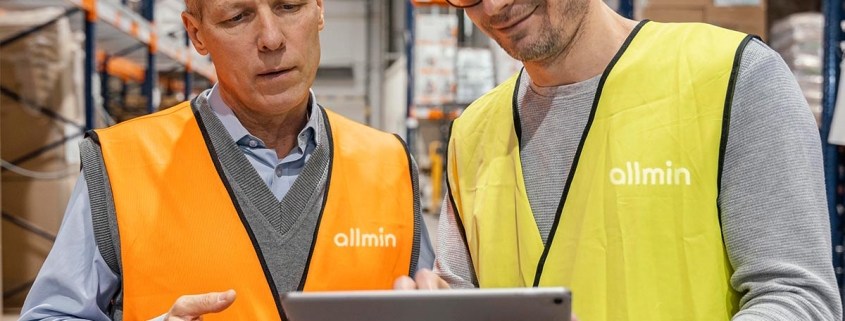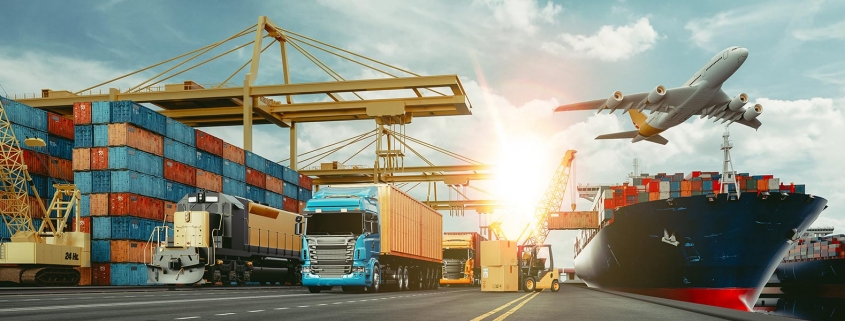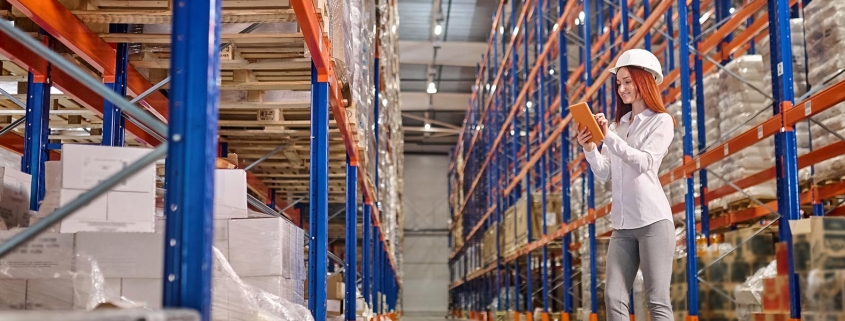Avoiding exceptional situations and risks is crucial in international logistics. By planning effectively and taking appropriate preventive measures, we can reduce the likelihood of problems occurring during logistics operations and protect the safety and integrity of goods.
Firstly, establishing a robust risk management system is essential. This involves assessing and identifying potential risks, developing corresponding risk response strategies, and ensuring that team members have emergency handling capabilities. This helps make quick decisions and take action in the event of exceptional situations, minimizing potential impact.
Secondly, enhancing supply chain visibility and transparency is key. By using tracking technology and real-time monitoring systems, we can have up-to-date information on the location and status of goods. This helps identify exceptional situations such as delays, loss, or damage promptly and take corrective measures in a timely manner.
Additionally, building close partnerships with reliable collaborators is an important strategy for risk mitigation. Choosing reputable and experienced transportation companies, carriers, and warehousing service providers can reduce the risk of goods being lost or stolen and ensure timely logistics execution.
Furthermore, conducting regular risk assessments and drills is necessary. By periodically reviewing and testing the effectiveness of emergency plans, potential issues can be identified and corrected promptly. This helps improve the emergency response capabilities of team members and ensures quick responses to exceptional situations.
Lastly, maintaining compliance with relevant regulations and laws is crucial for risk avoidance. Adhering to international trade rules and transportation security standards ensures adequate protection of goods during transportation. This helps reduce the risk of legal disputes and non-compliance.
In conclusion, avoiding exceptional situations and risks in international logistics requires considering multiple aspects. By establishing a risk management system, enhancing supply chain visibility, collaborating with reliable partners, conducting regular risk assessments and drills, and ensuring compliance, we can reduce risks and protect the safe and smooth transportation of goods.
#InternationalLogistics #RiskManagement #SupplyChainVisibility #Partnerships #RiskAssessment #Compliance










